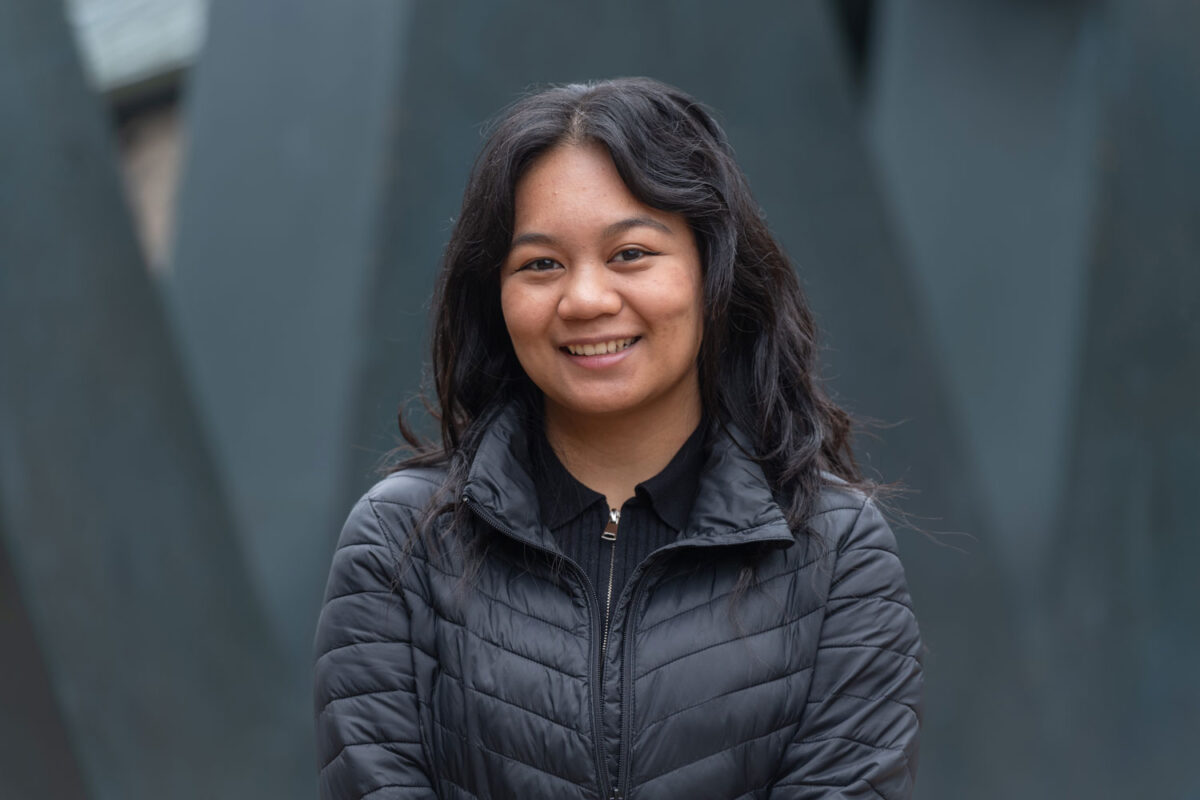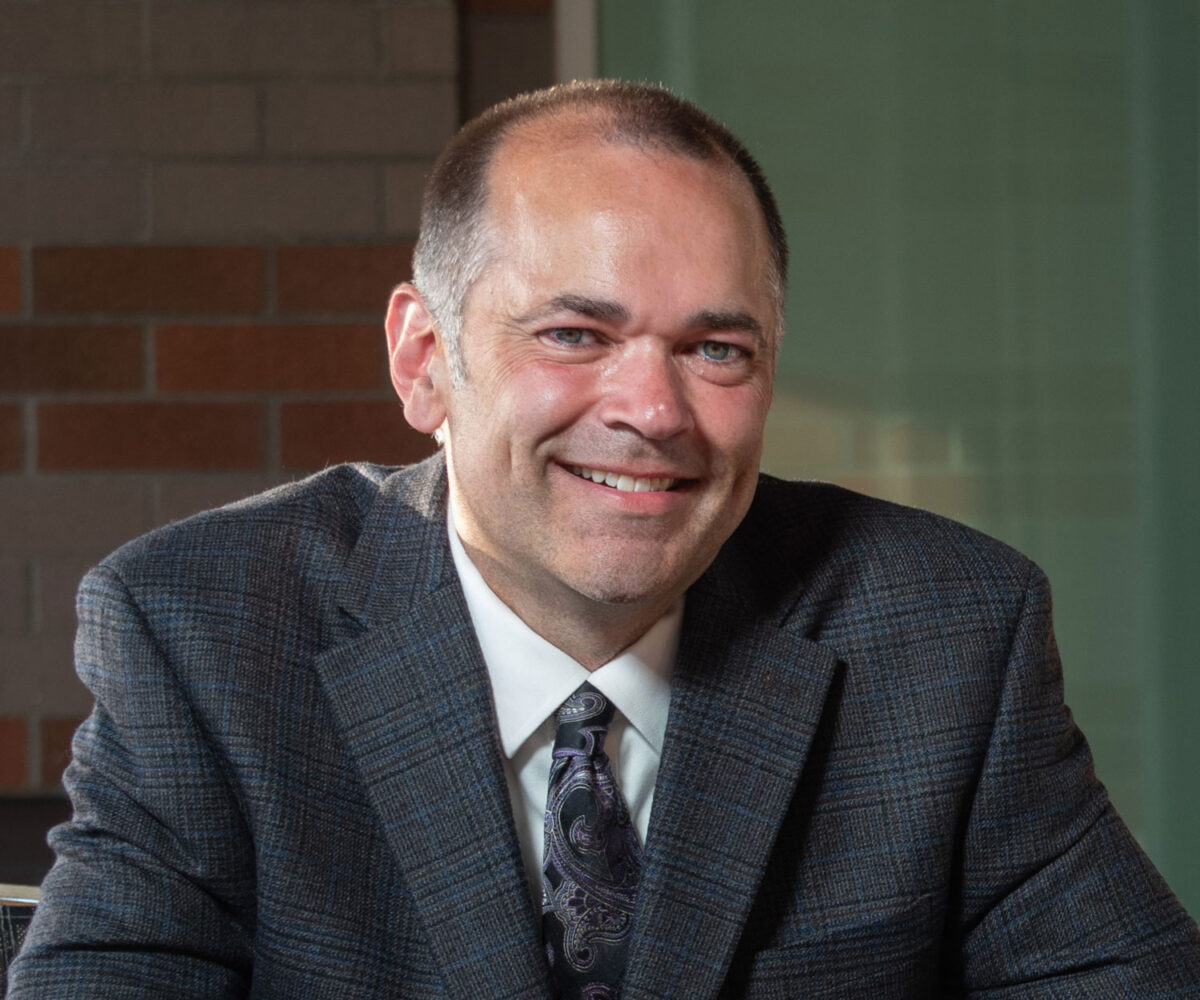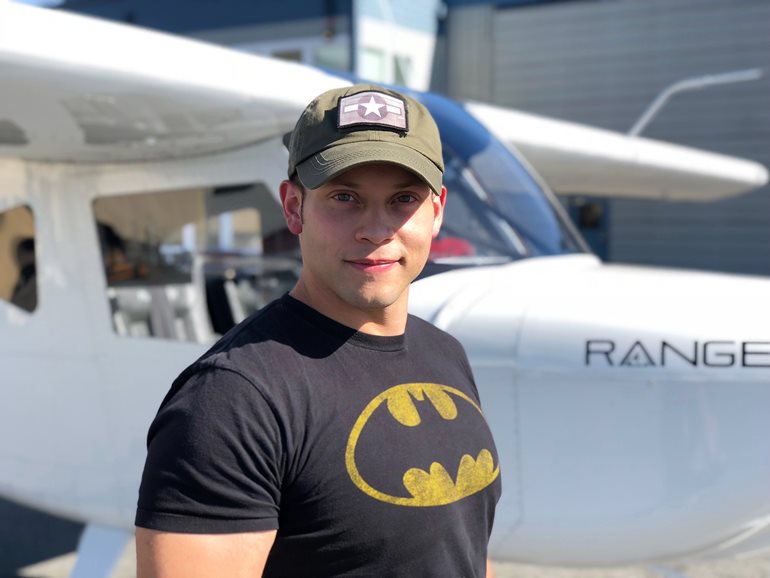
By Douglas Esser
When learning to become a pilot, a fixed-wing aircraft is a very expensive classroom, said Norman “Monty” Montes De Oca, a pilot who started the Husky Aviation Club as a mechanical engineering student at the University of Washington Bothell.
Renting planes, paying flight instructors and completing all the certifications to become a first officer on a commercial flight, he noted, costs $60,000 to $150,000. So he thought: There has to be a less-expensive way to practice flying. Yes, people can use flight simulators, but it’s not the same as taking off and landing a real plane — the most difficult parts of a flight.
Montes De Oca believes would-be pilots can have real stick and rudder experiences by flying an air vehicle by remote control, similar to the way people fly drone quadcopters.
He brought together a team of mechanical, electrical and computer engineering majors and one physics major to build such an aircraft system as the capstone project of their senior year.
Capstone project

Here’s how it would work. Through a camera on the air vehicle, the pilot wearing first-person goggles on the ground would have a cockpit view and full radio control of the flight. The pilot could practice taking off, landing and all the turning maneuvers. A flight instructor could watch in real time, provide instructions and, if needed, take over.
The system would not replace required flight hours, said Montes De Oca, but it would be a safe and affordable way for trainees to gain proficiency.
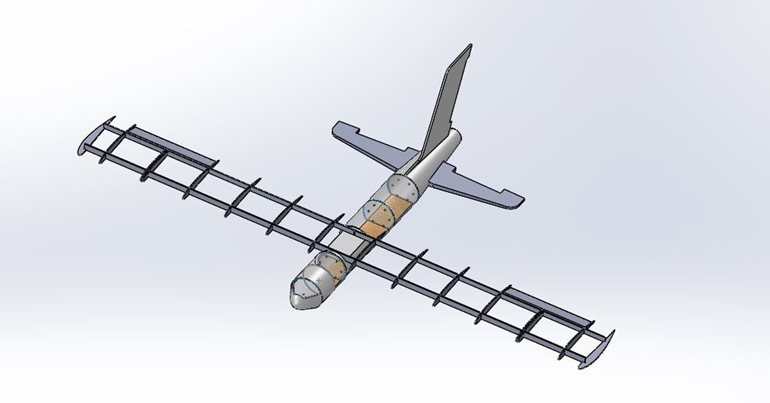
Montes De Oca, who graduated in June with a degree in Mechanical Engineering, was the leader this last academic year for what is planned as a five-year project, under the direction of Imen Hannachi, a visiting lecturer in the School of STEM.
The team started by building cardboard models. They then built and flew a glider with a 6-foot wingspan. The coronavirus pandemic unfortunately halted construction on the next step — a battery-powered aircraft with a 12-foot wingspan. It remains half built in a garage. The setback was disheartening, but Montes De Oca is confident other students will complete the plane and fly it remotely.
In addition to the next capstone cohort, one member of the current team is returning as a fifth-year student.
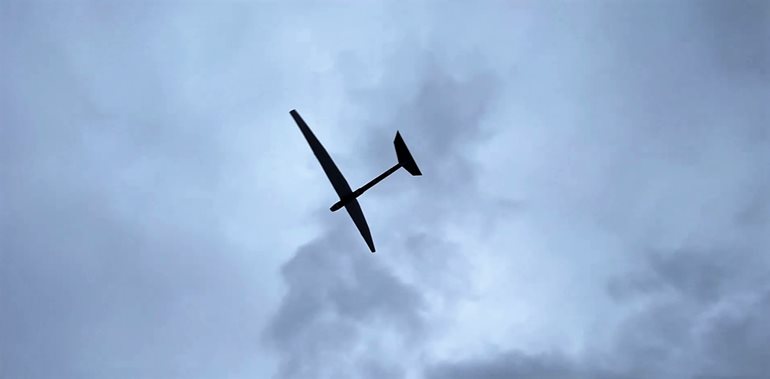
Once the flight system is in operation, it could be used to give UW Bothell students experience flying in places where remote-controlled planes are permitted, such as Marymoor Park in Redmond, Washington.
The capstone team also overlaps with the Husky Aviation Club, which Montes De Oca started two years ago to share his love of flying. He is a ground instructor who can prepare students for the Federal Aviation Administration exam they need to leave the ground and start actual flight instruction.
Both the club and capstone team have been welcomed and supported by aviation partners in the area, including Northway Aviation, a flight school at Paine Field in Everett, Washington.
Aviation partners
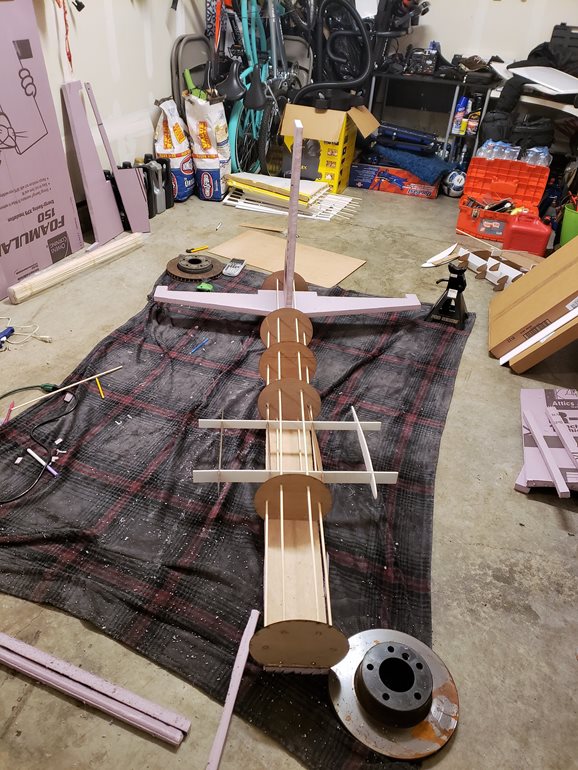
Montes De Oca started the project with his own money and contributions from friends and family. It has picked up support from sponsors, as well.
One is YellowJET Aviation Services, a charter and flight training school for commercial and high-end private pilots at Paine Field in Everett. Owner-operator Kurt Catarano offered its online ground school for free to members of the capstone team and aviation club. Catarano said he’s excited to work with UW Bothell and enjoys helping students who are interested in aviation. Montes De Oca also works at YellowJET as an instructor and plans to continue as the liaison with UW Bothell on the project.
Aviation Supplies & Academics, Inc., a publisher based in Newcastle, Washington, contributed $1,000 plus instructional materials to help students become commercial drone pilots.
Galvin Flying, a flight training and aircraft rental business at Boeing Field in Seattle, opened its doors to the team and aviation club members. It offered free time on flight simulators with its chief flight instructor. Galvin also has offered to pay for parts when construction resumes on the capstone aircraft.
“Having been in the flight training business since 1930, working with and helping sponsor the UW Husky Aviation Club in their endeavors to help more people fly was an easy decision,” said Eric Lynn, vice president and director of operations. “We met with the team members to show them how we currently operate, and it was great to see so many inquisitive minds working toward the same goals we have.
“We look forward to continuing to help the club and UW aviation students innovate and create new things for our industry.”
Well grounded
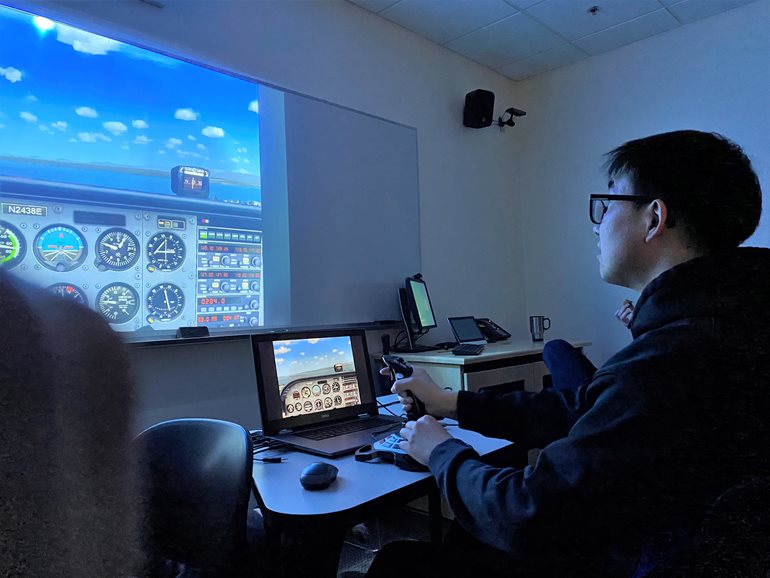
The pandemic forced the capstone team to finish building what they could of the aircraft and shift to simulation work, said Hannachi, the faculty supervisor. They compiled data that would help develop an operating manual. And, they prepared everything to hand off to next year’s capstone team.
“The students have a huge level of resilience and continued working hard to get it done,” Hannachi said. “I’m confident this will continue next year.”
In addition to Montes De Oca, the team included: Abdifatah Adbinoor, Mechanical Engineering; Kaitlyn Glenn, Mechanical Engineering; Tien Huynh, Computer Engineering; June Lim, Electrical Engineering; Brandon Liu, Electrical Engineering; Brian Ma, Physics; Ray Salman, Mechanical Engineering; Kyler Smith, Electrical Engineering; Josh Stokley, Mechanical Engineering; and Jiwon Woo, Electrical Engineering.
As project lead, Montes De Oca brought a background of having served six years in the Army as an Airborne Ranger who was deployed to Iraq and Afghanistan. He said leading soldiers in the Army, where everyone shares the same background, is like, “Hey soldier, go do that, and he goes and does it.”
Leading the capstone team at UW Bothell stretched his leadership skills to find ways to balance people with different backgrounds — who are intelligent and effective in their own ways — so they complement each other.
“I really enjoy working together with a team of highly motivated, incredibly intelligent people,” he said. “The capstone project has been my favorite part of my entire college career — learning how to handle the budget, learning people skills, learning how to handle designing and building things. This has been a culmination of everything that I’ve learned.”


